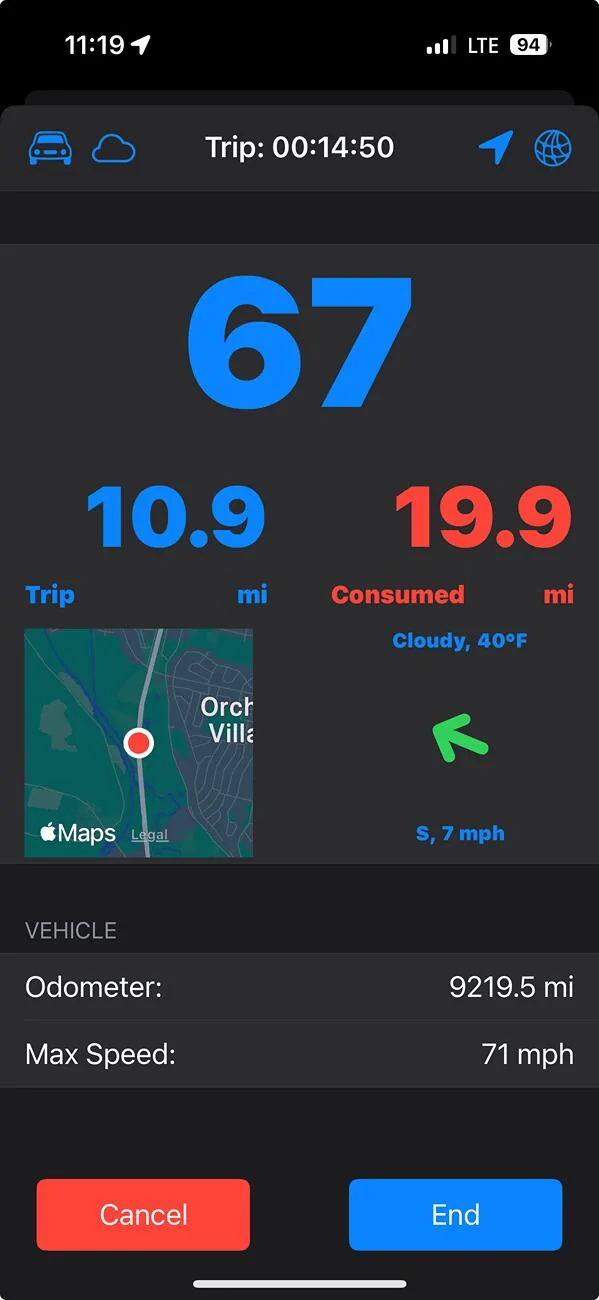Jiji
Member
- First Name
- Rick
- Joined
- Aug 5, 2024
- Threads
- 1
- Messages
- 16
- Reaction score
- 10
- Location
- Finger Lakes, NY
- Vehicles
- 2024 F-150 Lightning
Back with one more question. I looked through both the spreadsheets and ForSCAN looking for the module address to read the GOM/DTE (distance to empty) and came up blank (expecting it to be in the IPC as it is displayed there). Anyone know if this exists, and it yes, how does one access it through the scan tool port?
My use case is to compare the miles driven vs the change in DTE in my driving dashboard to flag when range is being consumed faster than expected. For example, if you drive 10 miles and use 20 miles of range then you likely have to charge sooner than expected.
My use case is to compare the miles driven vs the change in DTE in my driving dashboard to flag when range is being consumed faster than expected. For example, if you drive 10 miles and use 20 miles of range then you likely have to charge sooner than expected.
Sponsored


